Color Theory Worksheet Lesson Plans
Are you an art teacher searching for engaging and informative lesson plans to teach color theory to your students? Look no further! Our color theory worksheet lesson plans are designed to make learning about colors enjoyable and educational for students of all ages. With a focus on entities and subjects such as primary and secondary colors, color mixing techniques, and color schemes, these worksheets provide a comprehensive foundation for your art curriculum.
Table of Images 👆
More Other Worksheets
Kindergarten Worksheet My RoomSpanish Verb Worksheets
Cooking Vocabulary Worksheet
DNA Code Worksheet
Meiosis Worksheet Answer Key
Art Handouts and Worksheets
7 Elements of Art Worksheets
All Amendment Worksheet
Symmetry Art Worksheets
Daily Meal Planning Worksheet
What is color theory?
Color theory is a concept that explores how colors interact with each other and how they can be combined to create harmonious or contrasting effects in art, design, and other visual fields. It involves understanding the principles of color mixing, color relationships, and the psychological and emotional effects that colors can have on viewers. Color theory is used to guide artists and designers in selecting and combining colors to achieve specific aesthetic goals and create visually appealing compositions.
What are the primary colors?
The primary colors are red, blue, and yellow. These colors are fundamental and cannot be created by mixing other colors together. They are used as the base for creating all other colors on the color wheel through various combinations and proportions.
What are the secondary colors?
The secondary colors are green, orange, and purple. These colors are created by mixing two primary colors together in equal parts. Green is a combination of blue and yellow, orange is made by mixing red and yellow, and purple is the result of combining blue and red.
What are complementary colors?
Complementary colors are pairs of colors that are located opposite each other on the color wheel. When placed next to each other, complementary colors create a strong contrast and enhance each other, making the colors appear more vibrant and visually appealing. Examples of complementary colors include red and green, blue and orange, and yellow and purple.
How does color temperature affect mood?
Color temperature can affect mood by influencing the perception of warmth or coolness in a space. Warmer colors like reds, oranges, and yellows tend to create a cozy and intimate atmosphere, promoting feelings of comfort and relaxation. In contrast, cooler colors like blues and purples can evoke a sense of calmness and tranquility. Finding the right balance of color temperature can help create the desired mood and ambiance in a room, impacting emotions and behavior.
What is the color wheel?
The color wheel is a circular diagram that organizes colors based on their relationships to each other. It typically consists of primary colors (red, blue, and yellow), secondary colors (orange, green, and purple), and tertiary colors (mixtures of primary and secondary colors). The color wheel helps artists and designers understand color theory, color harmonies, and how colors interact with each other.
How can color be used to create depth and dimension in artwork?
Color can be used to create depth and dimension in artwork by employing techniques such as shading, highlighting, and using colors that recede or advance. Dark colors can make objects appear farther away, while warm colors can bring elements forward. By skillfully blending colors and using contrasting tones, artists can give the illusion of space, volume, and perspective in their work, adding layers that enhance the overall visual impact and depth of the piece.
What is the difference between hue, value, and intensity?
Hue refers to the specific color family or shade, such as red, blue, or yellow. Value refers to the lightness or darkness of a color, with lighter values representing higher levels of white added and darker values representing higher levels of black added. Intensity, also known as chroma or saturation, refers to the purity or vividness of a color, with high intensity colors being more vibrant and pure, while low intensity colors appear more muted or grayed out.
How do warm and cool colors differ in terms of their visual effects?
Warm colors like red, yellow, and orange tend to be more lively, energetic, and attention-grabbing compared to cool colors like blue, green, and purple which are calming, soothing, and evoke a sense of tranquility. Warm colors can create a sense of warmth and coziness, while cool colors can make a space feel more spacious and serene. Overall, warm colors are stimulating and can evoke feelings of excitement and passion, while cool colors are more relaxing and can promote a sense of calmness and peace.
Why is color theory important in various fields such as design, art, and psychology?
Color theory is important in fields such as design, art, and psychology because it helps to understand how colors can affect human emotions, behaviors, perceptions, and preferences. In design and art, color theory is crucial for creating visually appealing and harmonious compositions, setting the mood and tone of a piece, and conveying meaning or messages effectively. In psychology, color theory is used to study the impact of colors on human cognition, mood, and behavior, helping to inform marketing strategies, interior design choices, and therapeutic practices. Overall, an understanding of color theory enhances communication and expression across various disciplines, influencing how we perceive and interact with the world around us.
Have something to share?
Who is Worksheeto?
At Worksheeto, we are committed to delivering an extensive and varied portfolio of superior quality worksheets, designed to address the educational demands of students, educators, and parents.

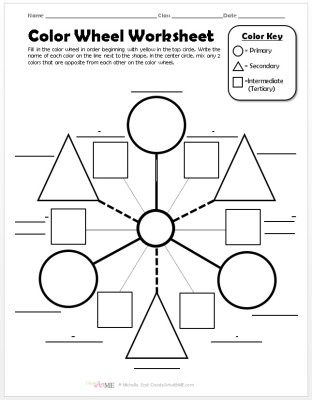



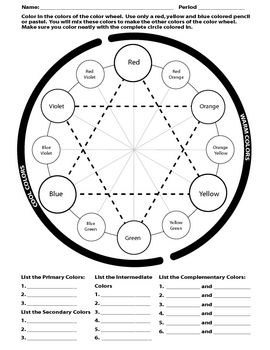
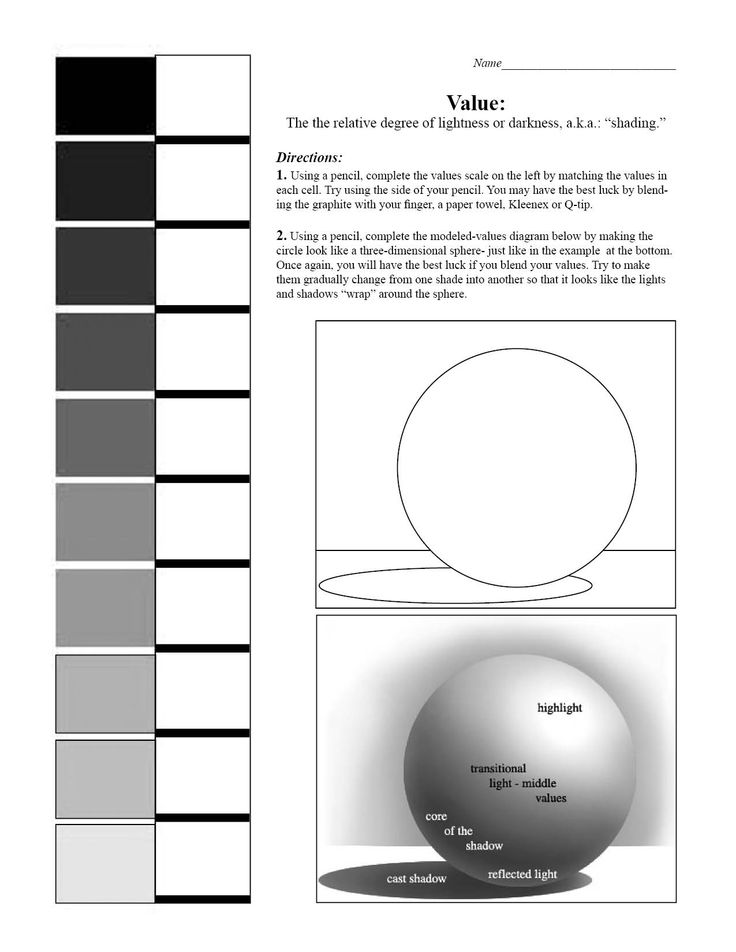
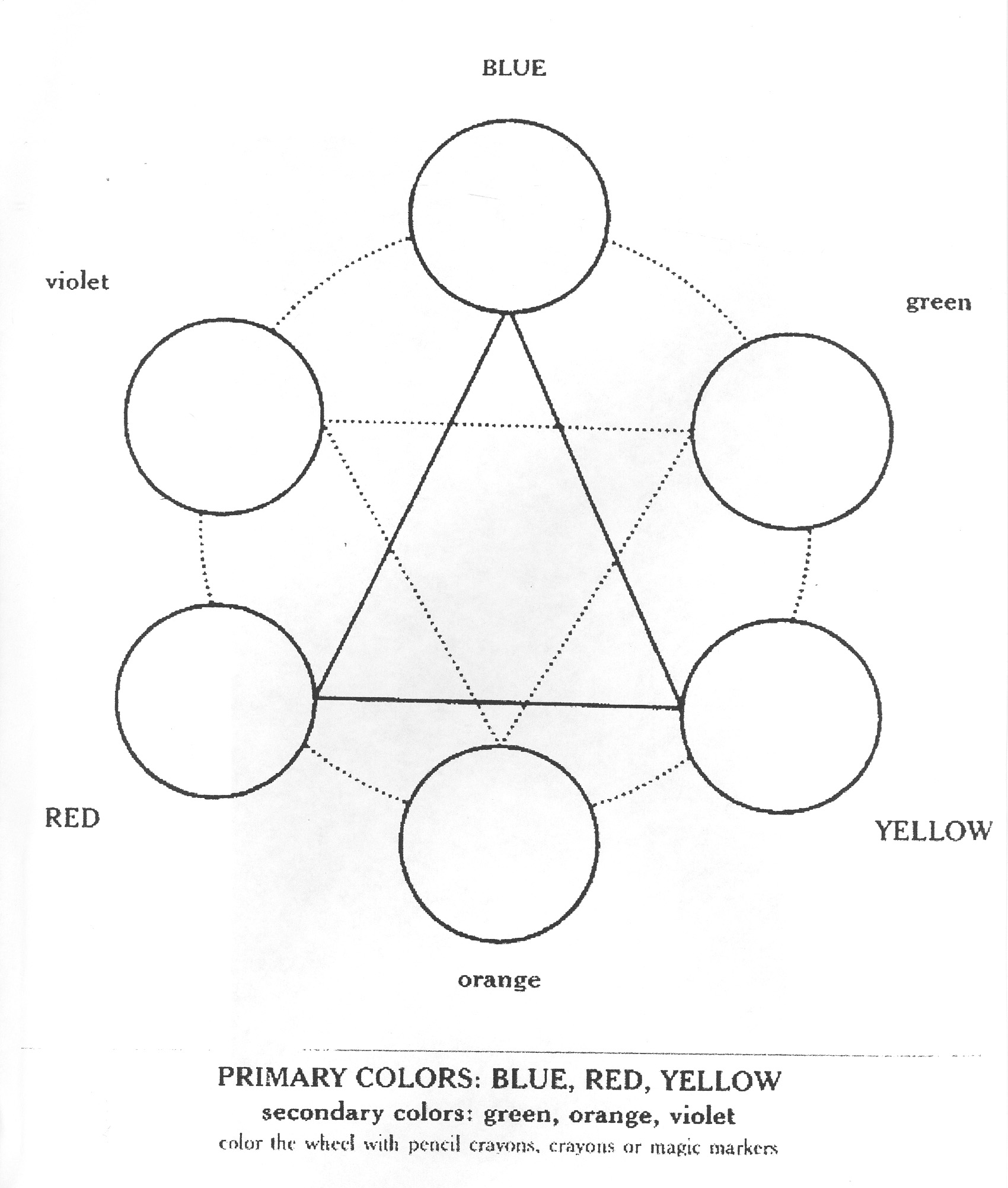
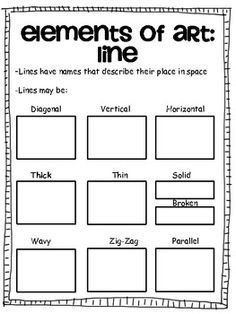
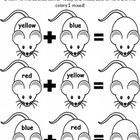
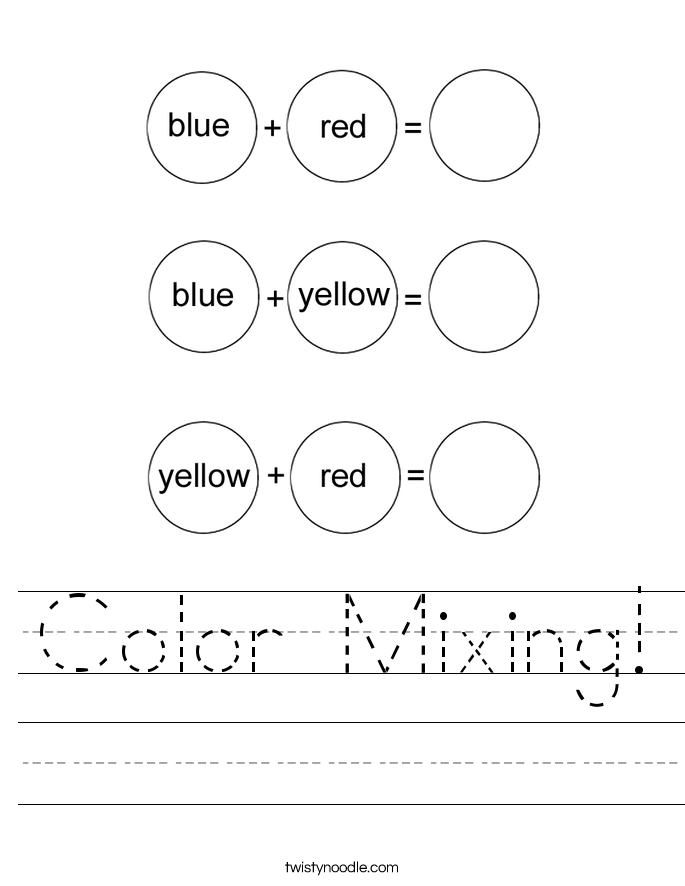














Comments